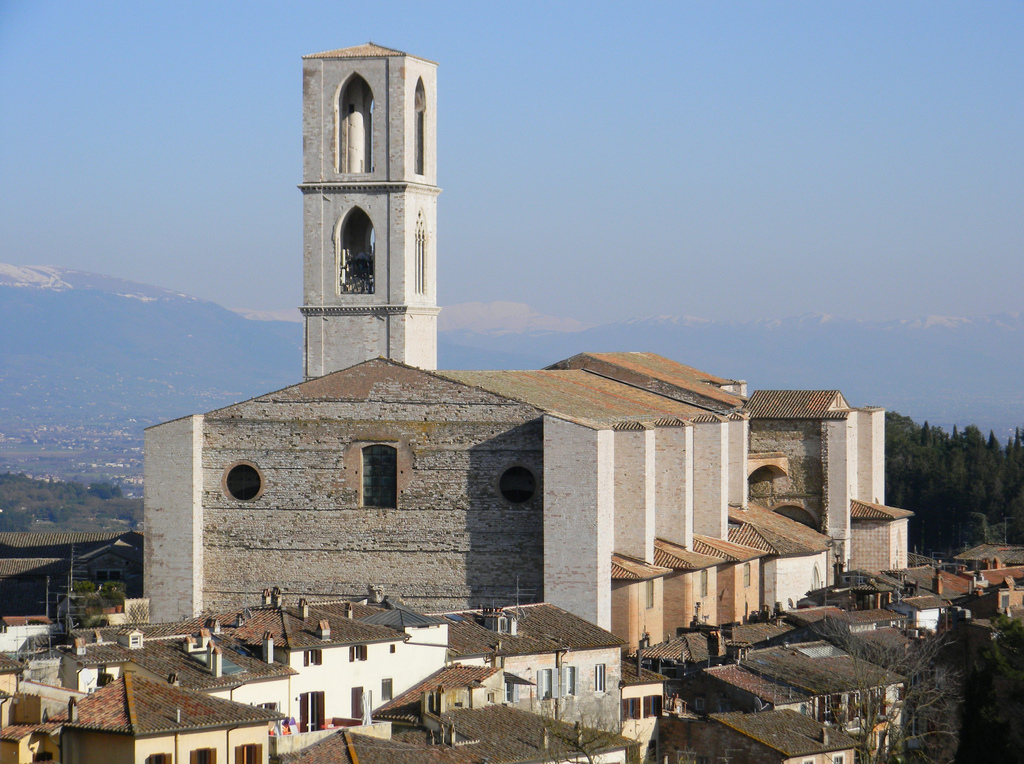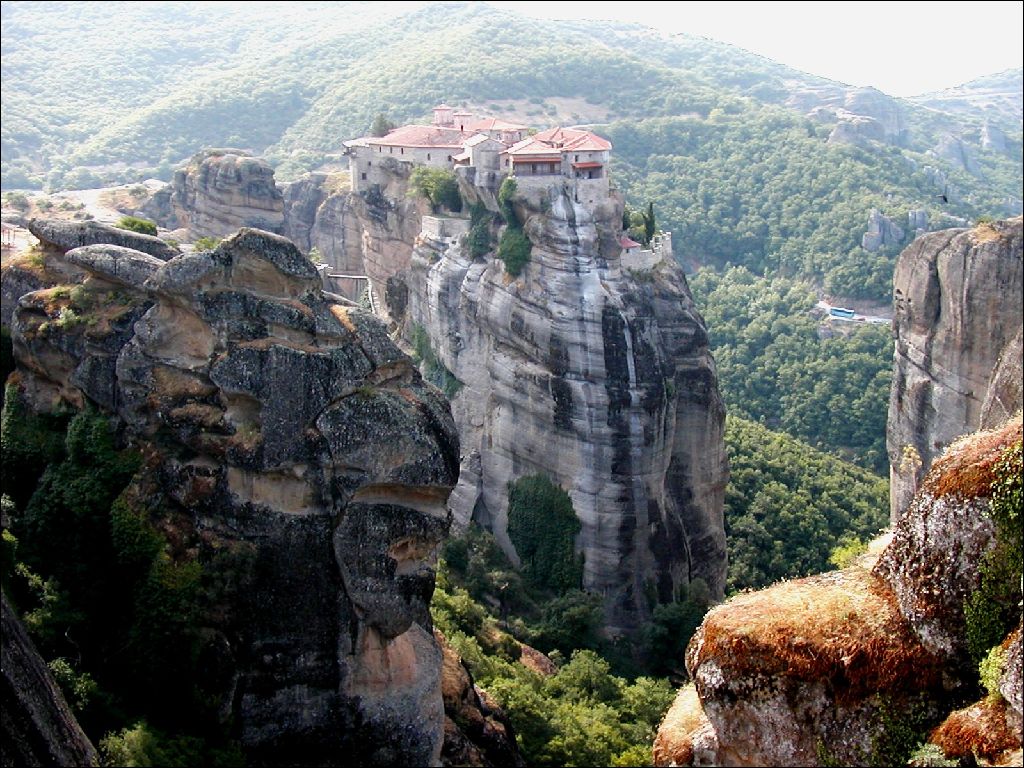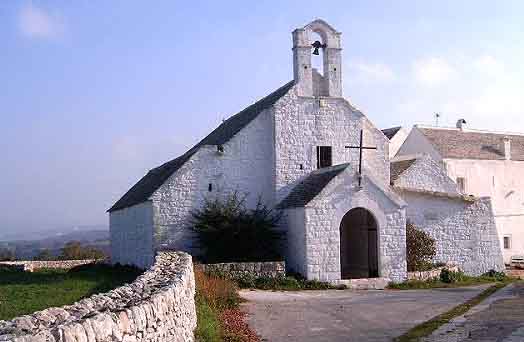Popularly known as the ‘Neasden Temple’, the Mandir is a traditional place of Hindu worship designed and constructed entirely according to ancient Vedic architectural texts – using no structural steel whatsoever.It is the Europe’s 1st Traditional Hindu Temple. Forged in the enduring spirit of reverence, adoration and gratitude, the Mandir is a humble tribute to the inexpressible majesty and unbounded glory of the Divine. As a result, the Mandir is both a labour of love and a work of art.
Externally and internally, structural features such as columns and beams are profusely carved with traditional Hindu motifs of auspiciousness, peace and piety. It is where architecture becomes art and art becomes architecture, and both become devotional.
Almost 3,000 tonnes of Bulgarian limestone was shipped 3,900 miles to India along with 1,200 tonnes of Italian Carrara marble, which made its own journey of 4,800 miles.
With a further 900 tonnes of Indian Ambaji marble, the over 5,000 tonnes of stone was hand-carved by more than 1,500 skilled artisans at 14 different sites around India into 26,300 pieces. These were then coded, packed and sent on their final 6,300-mile journey to London where each piece – the largest weighing 5.6 tonnes and the smallest only 50 grams – was assembled like a giant 3-dimensional jigsaw puzzle, all within 2.5 years.













